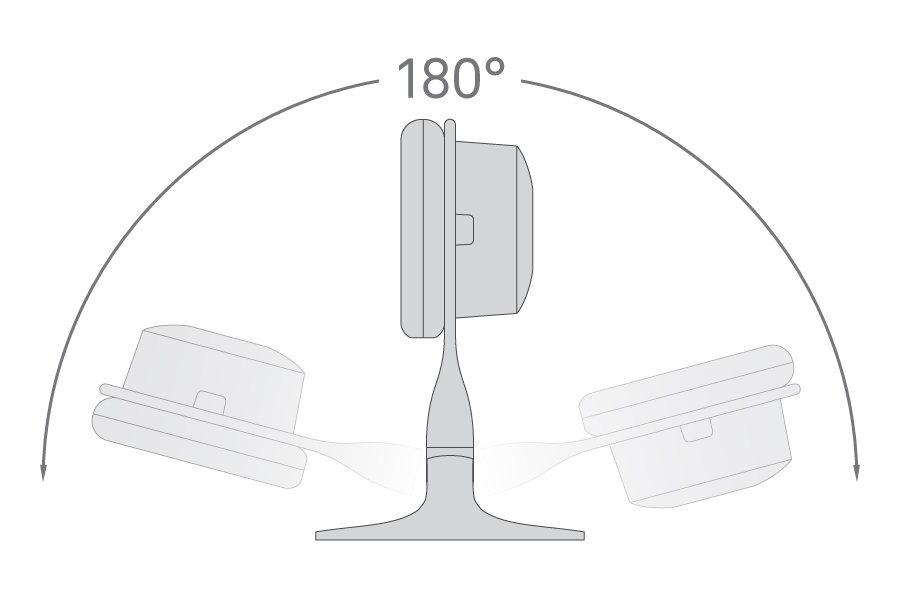well put, Doby Man, well put....
I do wonder if any routes of development are ever complete but rather, could they become strong enough to build off of for more complex movement patterns? (I dont like to throw anything out...especially the fun stuff!)
Could you explain further, "kinetic bypass" ?
"by eliminates the use of the feet and ankles", do you mean as passive movements transcend active, more (semi or fully) conscious movements? I may understand this if thats the case...
I like to think that we flex and extend at the same time....more whole body....and its in that combination....that blend, that we control the engagement of our edges. both sets.
Ill have to do some more research regarding kinetic chains....but I may be thinking about movement patterns in that regard....as they become more efficient we can build off them. (I am curious about the order that things happen kinetically, now...so that will probably become a tangent for me!)
What do you consider high edge angles to be the product of...in an ideal world.....? (your opinion kinda goes against one of PSIA's fundamentals, but Im not questioning you, just looking for definition)
As awareness increases and becomes more second nature, and as skills develop and patterns become efficient, it seems to me to be more about movement "maintenance" as opposed to movement "work". As we begin to own certain movement patterns we can continue the journey to further more complicated movement patterns......beginner to intermediate, intermediate to advanced, advanced to expert. Once we own enough advanced movement patterns, more challenging terrain and conditions become available to us to venture into.
Im not sure I quite understand how ankle input alone controls high edge angles.....there must be advanced knowledge and use of inclination and angulation for it to work that way...but if this is an ideal situation...then I think I get it.
Ive heard that Race Coaches tend to look at ski performance, Ski Instructors tend to look at body performance, and Big mountain folks tend to look at terrain.....wondering if that has any significance with mental approach here......
continuing further, but my curiosity about kinetic chains is getting the better of me!
JP
I do wonder if any routes of development are ever complete but rather, could they become strong enough to build off of for more complex movement patterns? (I dont like to throw anything out...especially the fun stuff!)
Could you explain further, "kinetic bypass" ?
"by eliminates the use of the feet and ankles", do you mean as passive movements transcend active, more (semi or fully) conscious movements? I may understand this if thats the case...
I like to think that we flex and extend at the same time....more whole body....and its in that combination....that blend, that we control the engagement of our edges. both sets.
Ill have to do some more research regarding kinetic chains....but I may be thinking about movement patterns in that regard....as they become more efficient we can build off them. (I am curious about the order that things happen kinetically, now...so that will probably become a tangent for me!)
What do you consider high edge angles to be the product of...in an ideal world.....? (your opinion kinda goes against one of PSIA's fundamentals, but Im not questioning you, just looking for definition)
As awareness increases and becomes more second nature, and as skills develop and patterns become efficient, it seems to me to be more about movement "maintenance" as opposed to movement "work". As we begin to own certain movement patterns we can continue the journey to further more complicated movement patterns......beginner to intermediate, intermediate to advanced, advanced to expert. Once we own enough advanced movement patterns, more challenging terrain and conditions become available to us to venture into.
Im not sure I quite understand how ankle input alone controls high edge angles.....there must be advanced knowledge and use of inclination and angulation for it to work that way...but if this is an ideal situation...then I think I get it.
Ive heard that Race Coaches tend to look at ski performance, Ski Instructors tend to look at body performance, and Big mountain folks tend to look at terrain.....wondering if that has any significance with mental approach here......
continuing further, but my curiosity about kinetic chains is getting the better of me!
JP




